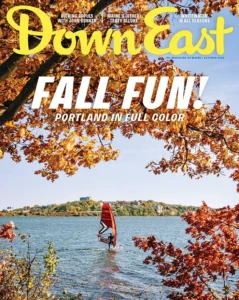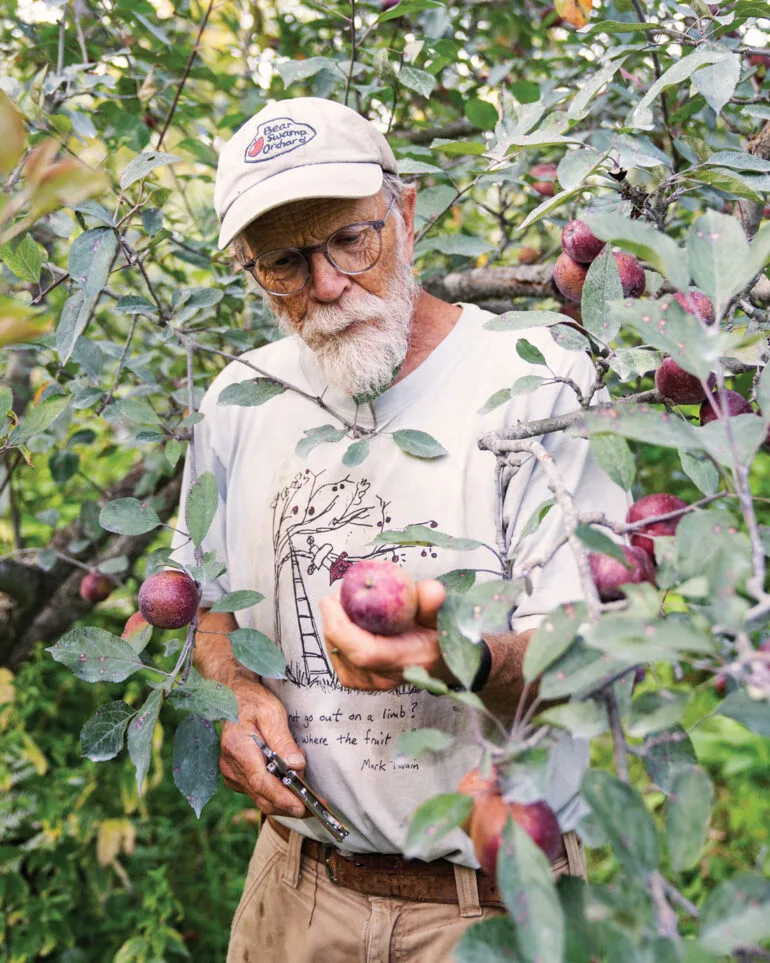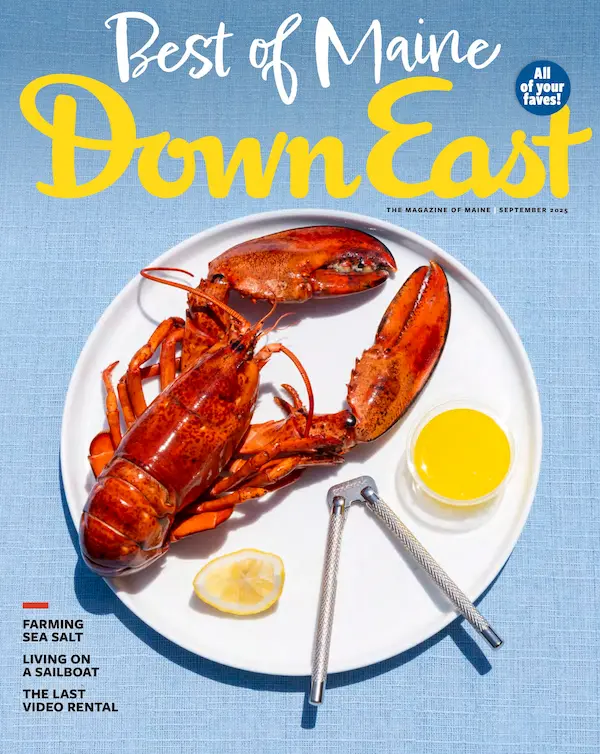By Sara Anne Donnelly
Photos by Tara Rice
From our October 2025 issue
A couple of years ago, one of the rarest apple trees in North America was discovered in Ron and Jeanne Russell’s Verona Island backyard. Perched crookedly on a hill overlooking the Penobscot River, the Drap D’Or de Bretagne, or Golden Cloth of Brittany, is roughly two centuries old, with a pocked, hollow trunk and an arthritic snarl of low, lush branches that, at this time of year, are heavy with russet-dappled yellow apples. A descendant of trees native to the Brittany region of France, it is the only known North American example of a cultivar that has spawned dozens of apple varieties, including the commercially popular GoldRush and Cosmic Crisp. “It’s a very good-tasting apple,” says John Bunker, an apple historian who helped discover the tree. But more important to those studying the origins of fruit trees in Maine and elsewhere, “it has produced lots of children, like Genghis Khan.”
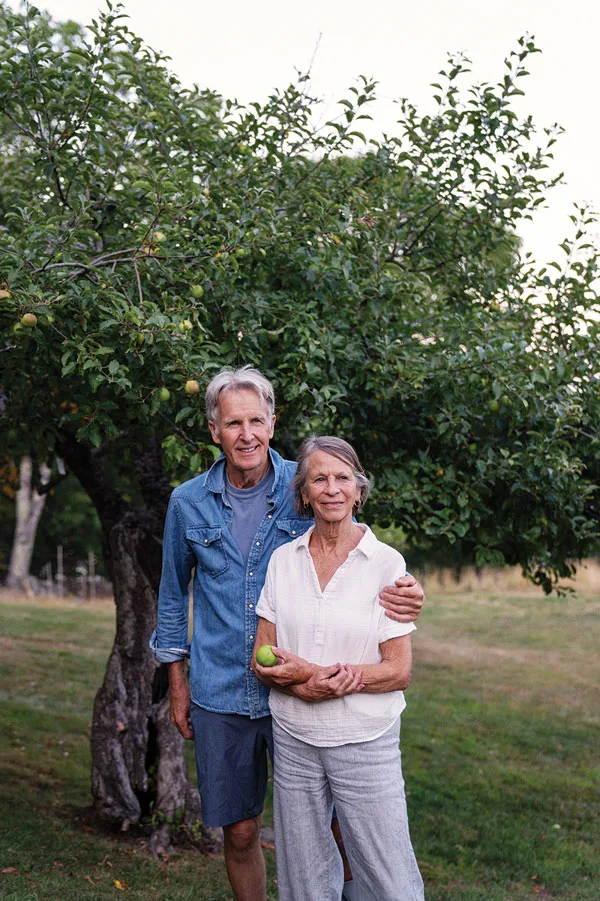
Bunker first spotted the orchard containing the Drap D’Or about 20 years ago. At the time, he was too busy to investigate, but he told some colleagues about it. In 2022, a few of his fellow apple historians sent some leaves from the tree to a lab at Washington State University for genetic testing, which confirmed their discovery. “This work can’t be done without a lot of collaboration and a lot of generosity on the part of a lot of people,” Bunker says. “People send me letters about their apple trees, call me, leave apples in my mailbox. Or other apple historians will tell me, ‘We’ve got to go here, we’ve got to go there.’ There’s a whole bunch of us looking now who I helped mentor in one way or another.”
Back in the early ’70s, though, Bunker was alone in the field. Just before graduating from Colby College, he and a couple of friends bought a cheap, 180-acre wooded plot in Palermo and set about learning to farm. Around them, many longtime farms had closed. “But the apple trees just kept on growing,” Bunker says. “You’d go by and there’d be apples all over the ground, and I thought, free food.” When he asked the owners if he could gather the fallen fruit, they told him what they knew about their trees. “I thought, here are these incredible things that are eventually just going to go away. That’s not right.” Bunker hauled wheelbarrows full of young apple trees back to his farm and established an orchard. “Then I thought, maybe I’ll spend the rest of my life saving Maine’s apple varieties. Why not? No one else was doing it.”
Today, Bunker’s Palermo orchards are a living library of more than 500 rare and historic apple types, collected over a half century scouring the state for antique specimens he preserves by grafting twigs from heritage trees onto rootstock, and working with breeders to create new cultivars. Often, he’s searching for surviving examples of cultivars named in old fair records or pomological reports. Other times, he’s working to identify the name of an old tree through research or DNA analysis. He maintains a computer database of 2,500 varieties with photographs, descriptions, and tasting notes, and sifts through boxes of apples people send him from all over New England, hoping he can provide clues about their origins. To encourage more folks to grow heritage apples, prized for their unusual coloring and complex flavors, he started Fedco Trees in 1983. A division of Clinton-based Fedco Seeds, it currently sells 62 apple varieties in the form of bare-root grafted trees, scionwood, and rootstock. In 2012, Bunker helped create the Maine Heritage Orchard, a 10-acre terraced preserve of nearly 350 rare apple and pear trees in a former gravel pit in Unity, run by the Maine Organic Farmers and Gardeners Association. Spindly little grafted Drap D’Or de Bretagne trees now soak up the sun at the Maine Heritage Orchard and on Bunker’s property.
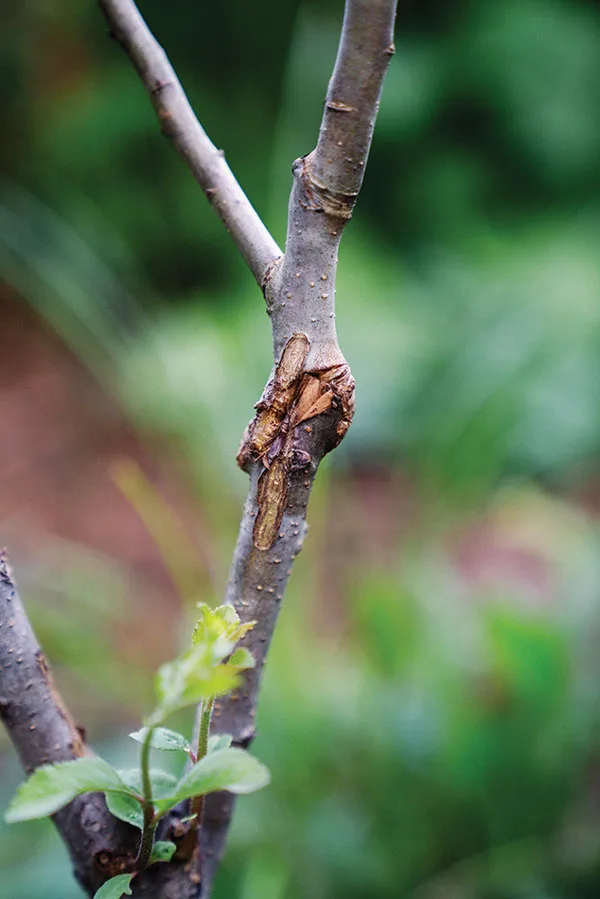
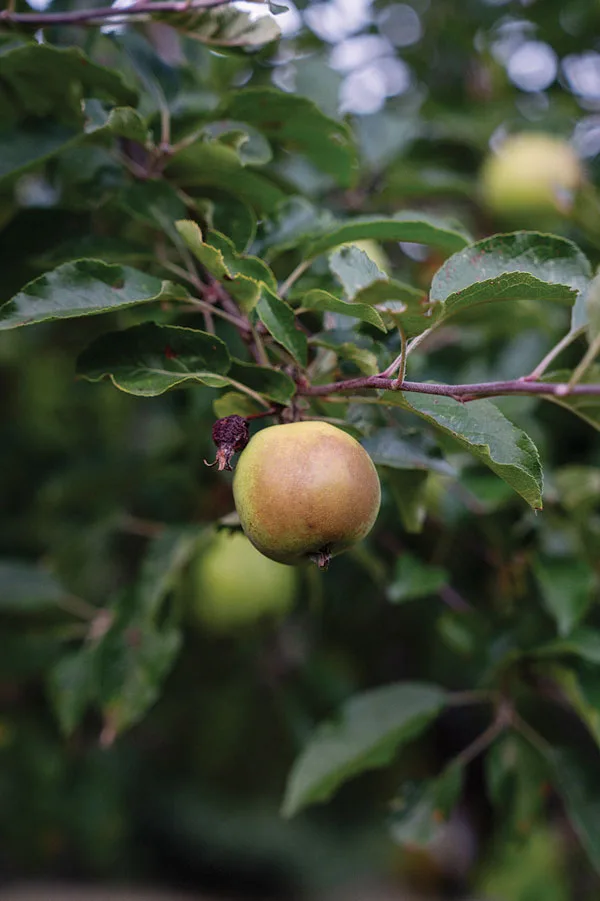
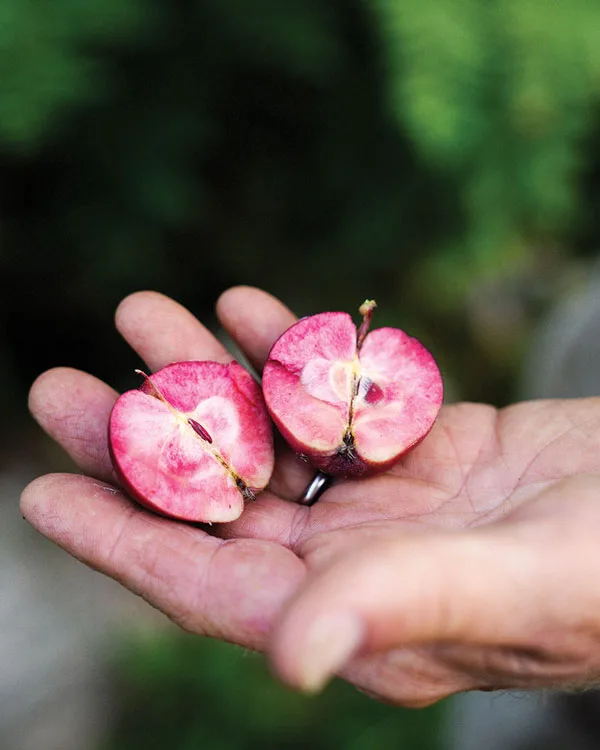
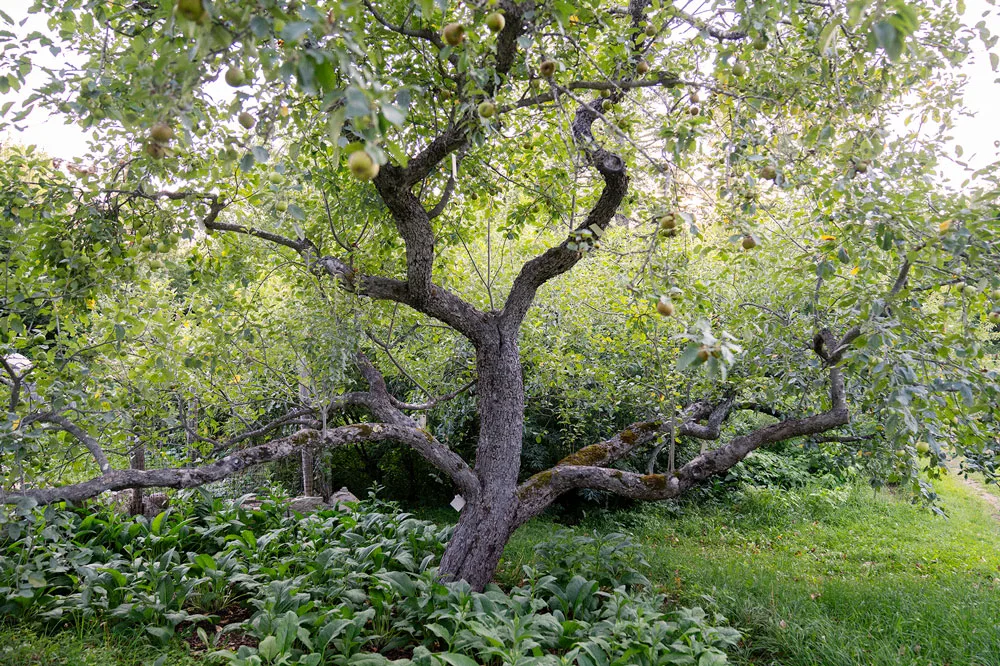
The discovery of the Drap D’Or has set Bunker and his band of heritage-apple-tree hunters off in a new direction. They think the tree may have been grafted from one planted in Castine around 1700. Now, they’re looking for more French trees to determine where else early French settlers might have cultivated apples in the Penobscot Valley. Bunker feels reasonably confident they’ll uncover them, and probably a few more botanical surprises, because so many old trees have endured in Maine. “Apple trees love it here,” he says. “They came, they got a taste of it, and they said, hey, this is awesome.”


